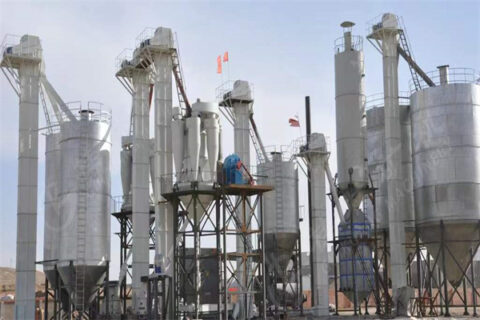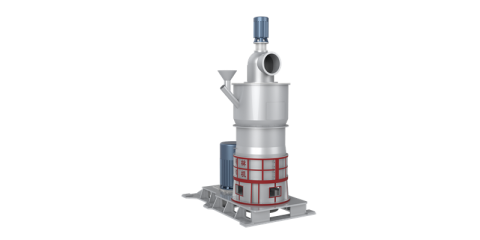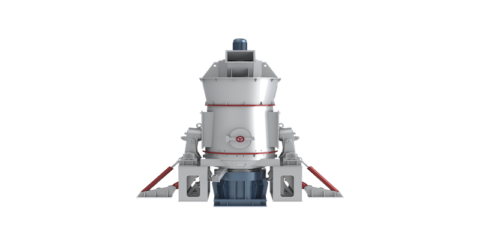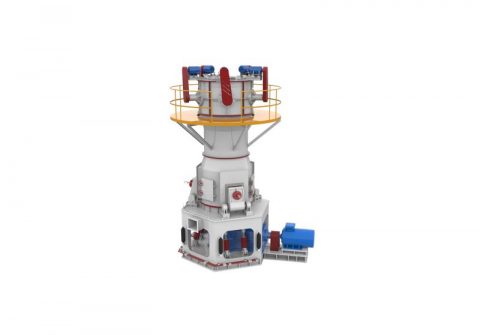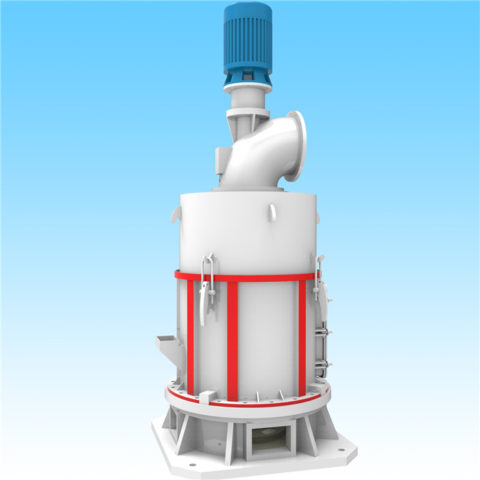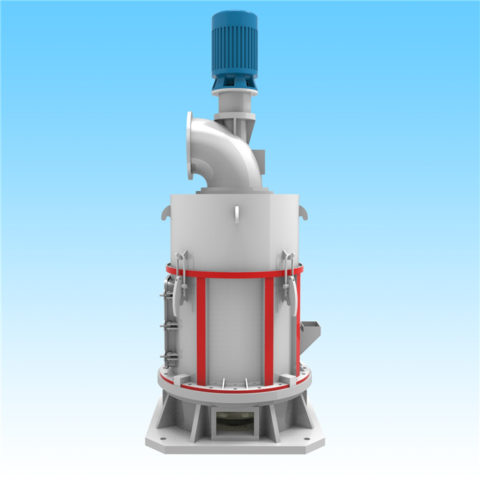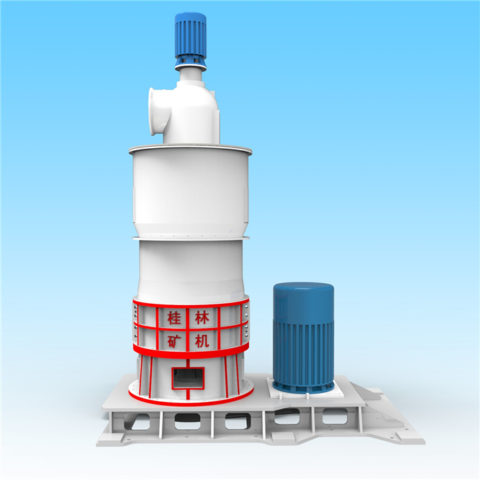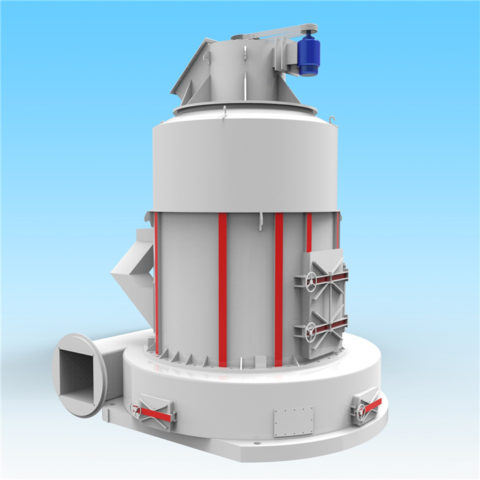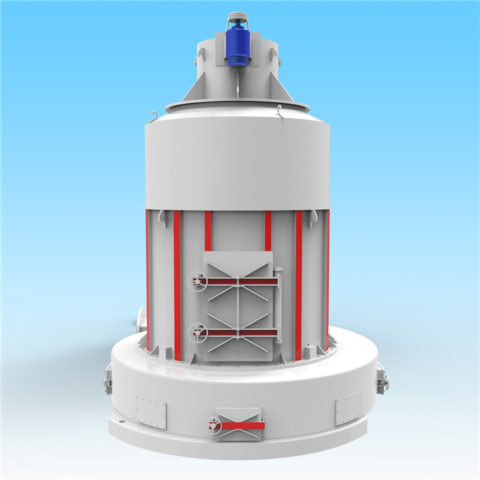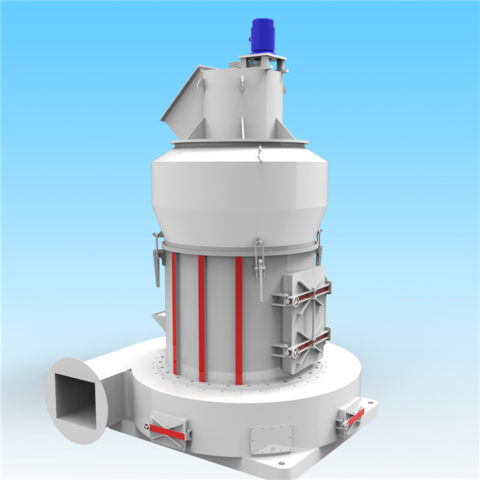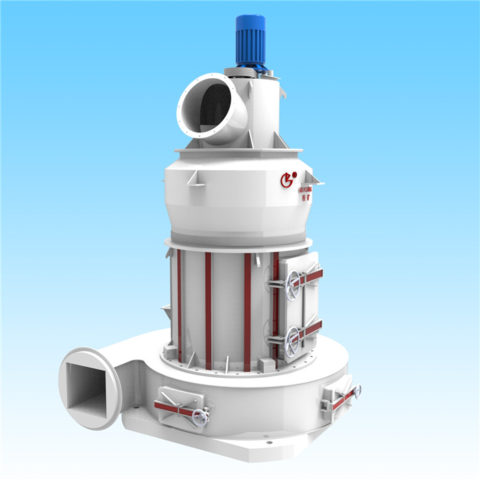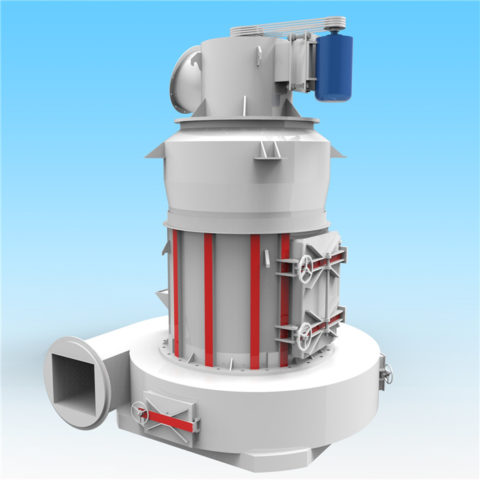Quartz stone, also known as silica sand, is a common non-metallic material, which can be made into high-purity quartz sand after separation and purification, widely used in glass, ceramics, metallurgy, casting and refractories and other industries. So, what are the common quartz mining processes at present?
The common quartz mining processes
Usually, there are iron oxide, clay, mica, organic impurities, etc., in the quartz stone except for SiO2. The purpose of the quartz mining process is to remove a small amount or trace impurities in quartz stone, then obtain the refined quartz stone. At present, the common quartz mining processes mainly include the physical quartz mining process and the chemical quartz mining process. Among them, the physical quartz mining process includes washing, classifying and desliming process, scrubbing process, magnetic separation process and flotation process. The chemical quartz mining process is the acid leaching process.
1. Washing, classifying and desliming process
The grade of SiO2 in the quartz stone is reduced with the thinner of quartz grain size, while the grade of mineral impurities (such as iron and aluminum impurities) is increased, this kind of phenomenon is especially obvious in the quartz stone containing a lot of the clay minerals. Therefore, the spiral washing machine, drum sieve, hydrocyclone, desliming bucket and hydraulic classifier are often used to the water concentration of quartz stone, it is very necessary to carry out the classification and desliming in the quartz processing plant. As a pretreatment method before the ore separation, the washing, classifying and desliming are applied earlier and widely in the quartz washing plant, but this quartz mining process doesn’t have the obvious removal effect for the thin-film iron and adhesive impurity minerals on the surface of quartz stone.
hydrocyclone
2. Scrubbing process
Scrubbing process is mainly to remove the thin film iron, bond and muddy impurity mineral on the surface of quartz stone with the help of mechanical force and the grinding force among sand particles, and further wipe up the non-monolithic mineral aggregation, and then achieve the further quartz processing effect through the classification operation.
At present, the quartz stone scrubbing process mainly includes rod friction washing and mechanical scrubbing. For the mechanical scrubbing method, the factors affecting the scrubbing effect are mainly the structural characteristics and configuration form of the mineral scrubber, followed by technological factors (scrubbing time and scrubbing concentration).
mineral-washer
The study shows that the scrubbing concentration of quartz stone shall be between 50% and 60%, but it also increases the difficulty of quartz processing to some extent. In principle, the scrubbing time shall be based on the requirements of preliminary product quality, not too long. Too long scrubbing time will increase the equipment wear, improve energy consumption, and increase the cost of beneficiation. For some quartz minerals, the mechanical scrubbing and wiping effect are not ideal, adding the reagents when necessary can increase the electrical repulsion on the surface of impurity minerals and quartz particles, enhance the separation effect between impurity minerals and quartz particles.
3. Magnetic separation process
The magnetic separation process can remove the weakly magnetic impurity minerals as possible, such as hematite, limonite and biotite, etc. High-intensity magnetic separation usually adopts the wet high-intensity magnetic separator or high gradient magnetic separator. Generally speaking, the wet high-intensity magnetic separator (large than 10000 Oe) can deal with the quartz containing the weakly magnetic impurity minerals (such as limonite, hematite and biotite). It is better to use a weak magnetic separator or a medium magnetic separator to separate the quartz containing the strong magnetic impurity minerals (magnetite).
magnetic-separation
The studies show that the frequency of magnetic separation and magnetic field strength has an important effect on the iron removal effect of the magnetic separation process. With the increase of magnetic separation times, the iron content is gradually decreased. Under a certain magnetic field strength, most of the iron can be removed, while the iron removal rate has a little change even if the magnetic field strength is larger than the certain limit. In addition, the finer the particle size of quartz sand, the better the iron removal effect. The reason is that the fine quartz sand contains a high amount of iron impurity minerals. When there are more impurity minerals in the quartz sand, it is impossible to purify the quartz sand into high purity sand only by scrubbing, desliming and magnetic separation.
4. Flotation process
The flotation process is mainly to remove the non-magnetic associated impurities in quartz sand, such as feldspar, mica. The quartz sand flotation process mainly includes fluorine flotation and fluorine-free flotation process. Among them, the fluoride flotation process is carried out in the acidic pH range with the cationic collector and hydrofluoric acid activator. But the fluorine-containing wastewater causes serious environmental pollution, which needs to be discharged after treatment. The fluorine-free flotation process is to take advantage of the differences in quartz and feldspar structure, rationally mix the ratio and dosage of anion and anion mixed collector, and make use of their different Zeta potentials to preferentially float the feldspar and achieve the separation.
flotation-process
Generally, the purity of quartz can reach 99.3% to 99.9% after scrubbing, desliming, magnetic separation and flotation, which can basically meet the needs of industrial sand.
5. Acid leaching process
Because the quartz is insoluble in acid (except HF), while the other impurity minerals can be dissolved in acid, the acid leaching process can be used as the quartz mining process.
acid-leaching
The acids commonly used in the acid leaching process mainly include sulfuric acid, hydrochloric acid, nitric acid and hydrofluoric acid, the reducing agents mainly include sulfurous acid and its salts. The study shows that these acids have a good removal effect on the non-metallic impurities of quartz mineral. But the acid type and concentration have a significant effect on the different metal impurity. Generally, a variety of dilute acid has a significant effect on the removal of Fe and Al, while the relatively concentrated sulfuric acid and aqua regia or HF are often used in the removal of Ti and Cr. The mixed acid composed of the above acids is usually used for the acid leaching removal of impurity minerals. Since the HF has the dissolution effect on the quartz, the HF concentration is generally not more than 10%. In addition to the acid concentration, the acid amount, leaching time, temperature and slurry agitation can also affect the effect of acid leaching effect of quartz. The control of various factors shall be determined based on the final grade requirements of quartz, like reduce the concentration, temperature and dosage of acid as far as possible, decrease the time of acid leaching, so as to realize the quartz processing at a lower cost.

